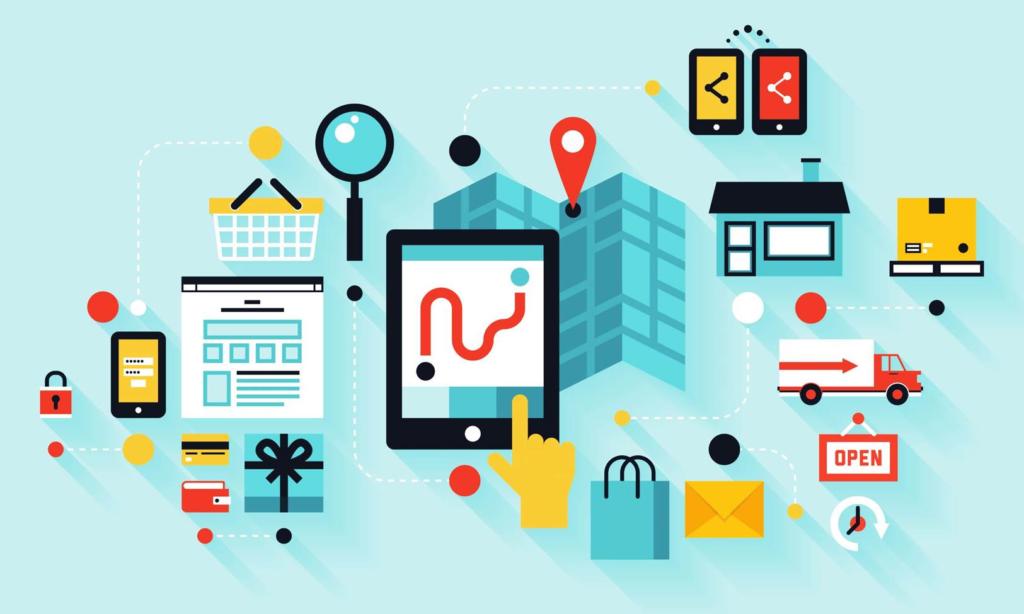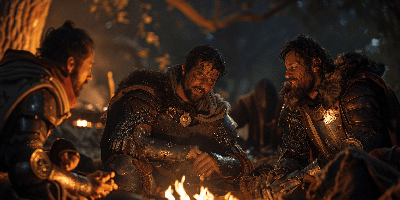Let’s say I decide to go to the movies this weekend. I have several possibilities, since I don’t necessarily know what I want to see, where I want to go, or at what time. I can choose to go to the nearest cinema and check it out on the spot, or I can compare the different establishments on the internet: films on show, times, size of theatres, comments from customers, VO or VF. I can also choose to ask for suggestions to the Twitter-verse or my Facebook friends, search for reviews on Google … All this is the customer journey. And it’s far from simple.
The customer journey in a few words
We often hear about “customer journey“, but what does it mean? At first glance, it seems relatively simple: the customer journey is the different processes and interactions between a customer and a company, from the moment a need arises, to the purchase and use of the product/service.
Digitalization of the customer journey
What was the customer journey before?
It used to be really simple: the small number of channels meant that everyone’s customer journey was relatively similar. Here, I’m going to rely on a map that I find effective and easy to use, found on the Harvard Business Review blog (article here) which is composed of four steps:
- Awareness (realization that the individual has a need per stimulus),
- Research (searching for information on the subject, comparing different products),
- Purchase (the act of buying) and
- “Out of the box experience“(first use of the product, first impressions and loyalty to the company).
Before the internet and cell phones, the channels involved in such a customer journey were simple: information was found in the media (posters or advertisements) or in the stores (information search, after-sales service, etc.). Fewer channels meant fewer ways to lose the customer. Practical.
What about today?
Now, the internet is here and everything has changed: the channels have multiplied, the conversation has refocused around the consumer who can now be heard by many more people, much faster (especially thanks to social networks) and consumption habits have evolved (e-commerce, m-commerce ..). Now, our path, although linear in time, has acquired a new complexity since it must adapt to the increasing number of channels available. Hence the need for companies to implement a content marketing strategy adapted to this “new deal”, in order to offer a quality customer experience.

The omnichannel customer journey
Today, a French person spends an average of four hours a day on the Internet via a computer and one hour via mobile. In France, 42% of the population owns a smartphone, and 26% has already bought on mobile internet. So many new ways to get information, to buy or to share, so many possibilities for the company to lose its footing in this paddling pool that has become a big bath. (source : We are Social )
The importance of defining the customer journey
When implementing a sales or marketing strategy, the definition of the customer journey is essential since it will indicate the different channels where customer/company interactions will take place. Thanks to this schematization, the company can foresee the different behaviors of the potential buyer and thus prepare attack or defense solutions to prevent a possible abandonment. One aspect not to be forgotten however: Targeting! Indeed, a teenager and a forty-year-old will not have the same consumption habits, the same for a student or an executive. As Sun Tzu said so well: “Skilful warriors have foreseen everything and are prepared for all eventualities […] victory is a natural consequence of their knowledge. The customer journey is exactly that: Preparing for every possibility in order to attract (and keep) the most consumers possible.






